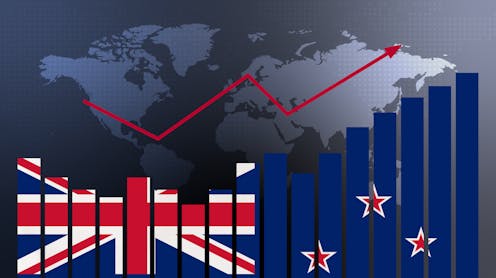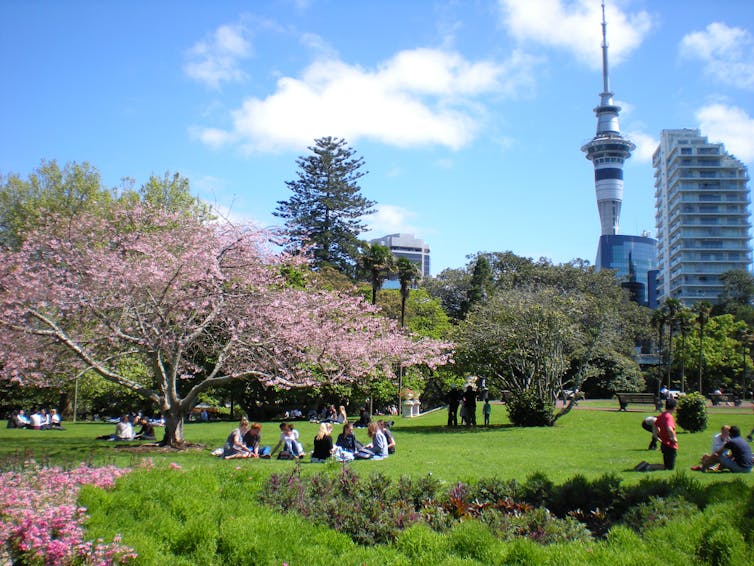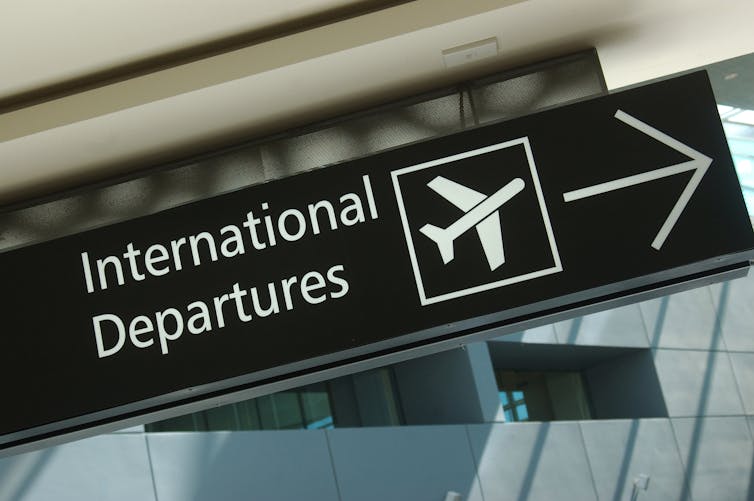
If it’s good enough for school and university students, it’s good enough for entire countries, too.
This report card provides a snapshot of how New Zealand fared across a wide range of international measures – where it did well, and where there’s room for improvement.
Of course, this isn’t definitive, and should be read with a degree of caution – measurements, metrics and numbers can only tell us so much. Nevertheless, it’s still possible to trace the nation’s ups and downs.
This has been a fractious year politically, and a challenging one financially for many New Zealanders. What follows might provide a wider perspective, spark debate, and even inspire some additional new year’s resolutions.
International pass marks
Civil liberty: global monitoring group Freedom House again gave New Zealand a near-perfect score of 99 out of 100 for political and civil liberties – second highest after Finland.
Corruption: Transparency International records another slip from second place last year to third place in 2024 for being relatively corruption-free.
Security: in the Global Peace Index, New Zealand maintained its fourth best place for safety and security, low domestic and international conflict, and degree of militarisation.
Gender equality: the Global Gender Gap index recorded New Zealand remained steady as the fourth most gender-equal country (although the gender pay gap is still significant at 8.2%).
Economic freedom: the Index for Economic Freedom, which covers everything from property rights to financial freedom, recorded New Zealand at sixth place, falling one position from last year.
Rule of law: we rose two places to be sixth in the World Justice Project’s Rule of Law Index.
Happiness: New Zealanders are not quite as happy as they were, falling from 10th to 11th most-cheery nation in the World Happiness Report. Still good, but with a caveat: people aged over 60 were sixth happiest in the world, while those aged 30 and under we were only in 27th position.
Social progress: the Human Development Index saw New Zealand maintaining its 16th position for measurements including life expectancy and years spent in education.
Quality of urban life: the Economist’s Global Liveability Index has only one New Zealand city, Auckland, scraping into its top ten best cities.

Room for improvement
Press freedom: it was a terrible year for media companies, with closures and layoffs all year, and this is reflected in the Press Freedom Index showing another drop, down from 13th last year to 19th now.
Competitiveness and innovation: the country also continues to drop in the Global Competitiveness Report, now in 32nd position (an ongoing slide from 20th in 2021). But New Zealand did jump a couple of places in the Global Innovation index, to 25th position overall.
Environment: the Yale Environmental Performance Index continues to record a slow decline, with New Zealand falling from 19th in 2020 to 33rd now (based on data from 58 performance indicators for conservation and pollution).
Climate: on the largest environmental problem of all, the Climate Change Performance Index recorded a fall for New Zealand of seven places to rank 41st, remaining an overall “low performer”.
Foreign aid: the Aid Transparency Index says New Zealand’s foreign aid level is “good” but still dropped our ranking by four points to 30th position. This reflects a general decline in overseas development assistance, which is still less than half the recommended UN goal as a percentage of national income.
Terrorism: the official national terror threat level has remained “low”, defined as a terror attack being a “realistic possibility”. And the Global Terrorism Index ranked New Zealand 50th worst in the world (up slightly from 46th worst last year) – at lower risk than the United States and United Kingdom, but higher than both Australia and Canada.

Domestic ups and downs
Employment: unemployment is creeping up, with the latest quarterly figure at 4.8%, but this is still just beneath the OECD average.
Personal income: median weekly earnings from wages and salaries increased by NZ$70 (5.5%) to $1,343 in the year to June.
Inflation: the rate of inflation has more than halved since last year, now down to an annual rate of 2.2%. Relatedly, and good or bad news according to your perspective, the average house price is $902,231, down considerably from its peak at the turn of 2022.
Immigration and emigration: migration remains a high-speed merry-go-round, with a net migration gain to October 2024 of 53,800, based on 188,100 arrivals and 134,300 departures (the highest annual departure numbers on record).
Suicide: in the 2023–24 financial year, there were 617 suspected self-inflicted deaths, an age-adjusted rate of 11.2 per 100,000 people, minimally lower than the average rate over the past 15 years.
Prisons: incarceration rates are growing fast. As of the end of September, there were 9,924 people in full-time custody (up from a low of 7,500 in 2022).
Child poverty: figures from the beginning of the year show the percentage of children living in households with less than 50% of the median household income (before housing costs are taken into account) stable on 12.6%. But with housing costs included, it rose to 17.5% – up from 14.4% the previous year.
Housing: the stock of public housing continues to increase. As of October, there were 84,834 dwellings, an increase of 5,324 from July 2023.
Overall, while New Zealand remains a generally strong and steady performer, with a few areas of excellence, it is struggling in some key measures. The final verdict has to be the same as last year: a satisfactory to good effort, but considerable room for improvement.
Alexander Gillespie does not work for, consult, own shares in or receive funding from any company or organisation that would benefit from this article, and has disclosed no relevant affiliations beyond their academic appointment.
This article was originally published on The Conversation. Read the original article.







